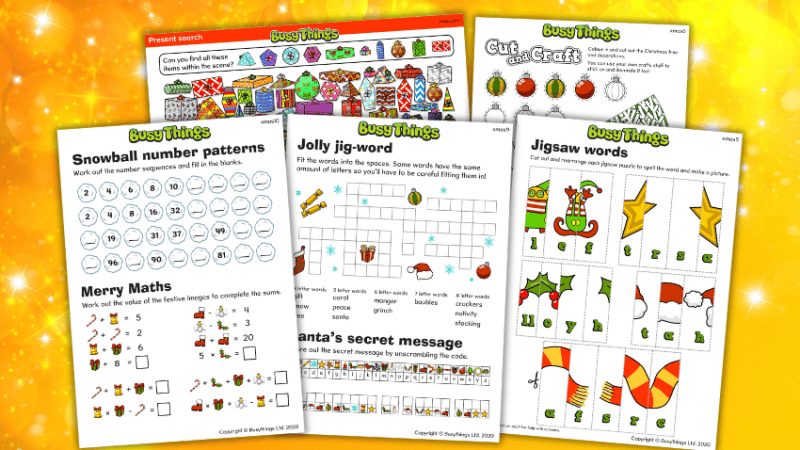11 of the best fractions resources for secondary maths
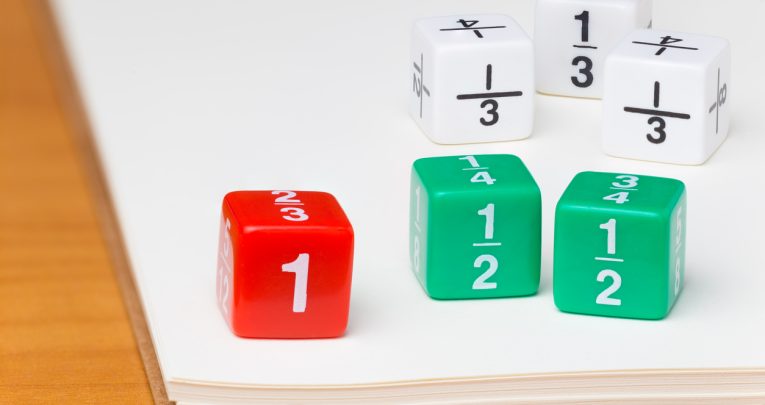
Whether it's adding and subtracting, arranging in size order or finding equivalents, help your KS3 and 4 students master fractions with these excellent resources

- by Lloyd Burgess
- Former editor of Teachwire
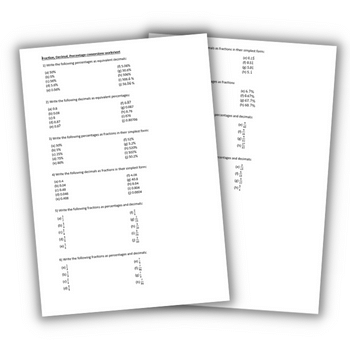
Fractions, decimals and percents worksheets
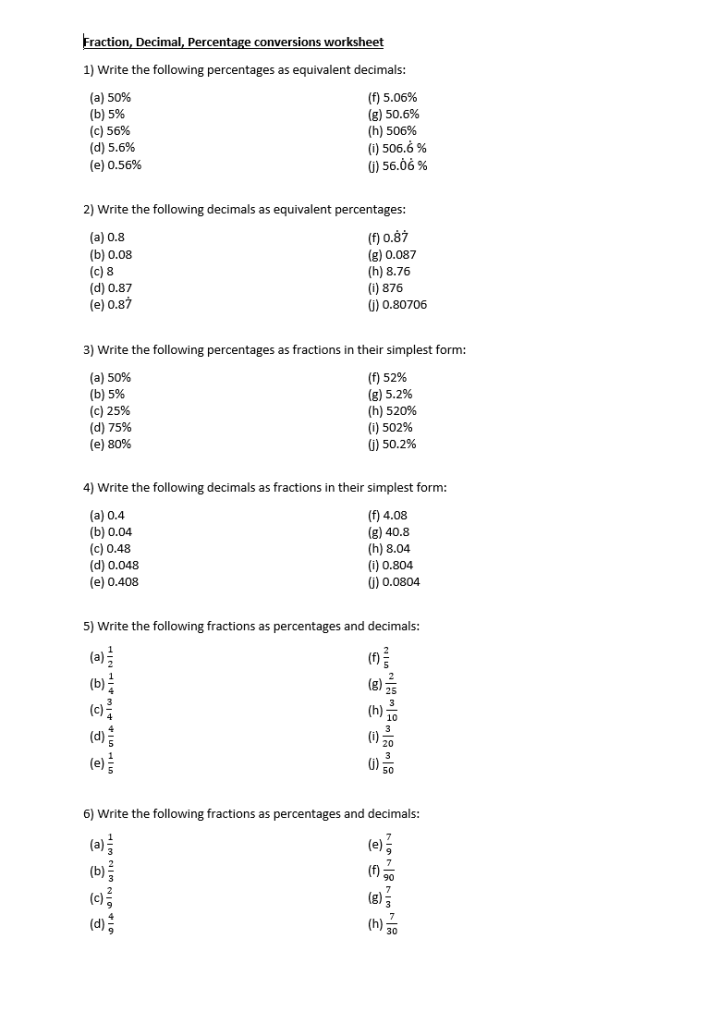
Use these fractions, decimals and percents worksheets from Peter Mattock in KS3. Students will cover:
- Working with recurring decimals and values greater than 1
- Conversion to fractions
- Fractions that produce terminating decimals
- Fractions that produce recurring decimals
Embed Adding and Subtracting Fractions into a Richer Problem to get the Technique to Stick

Adding and subtracting fractions is a procedure which students often find it very difficult to master. One way to make the practice of this technique less tedious is to embed it in a bigger problem which students are trying to solve.
Having their attention on a grander purpose helps them to internalise the method to the point where they don’t have to think about it any more, which is always the goal of mathematical fluency.
A problem-based approach also means that the answers obtained have some significance for the wider problem, so students are more inclined to check their answers and notice if any of them doesn’t seem to be about the right size.
Get this free lesson plan here.
Interactive fractions
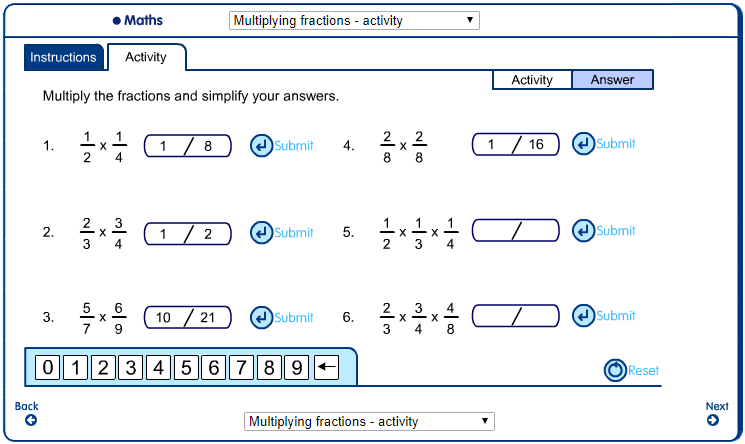
This interactive lesson on the Guardian Teacher Network will help students to multiply and divide fractions give all fractions in their simplest form. It’s a nice little tool for revision/recap or establishing prior knowledge in Key Stage 3.
Fractions to decimals
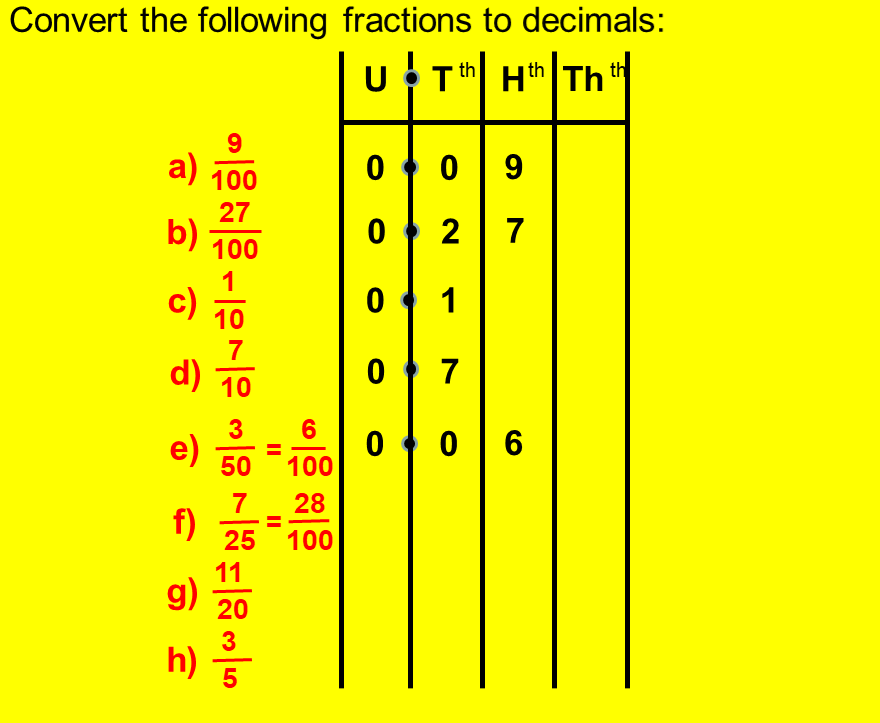
This PowerPoint activity from Mistry Maths takes KS3 students through converting fractions to decimals and simplifying beforehand where necessary.
There are loads of questions to work through too.
Fractions of amounts
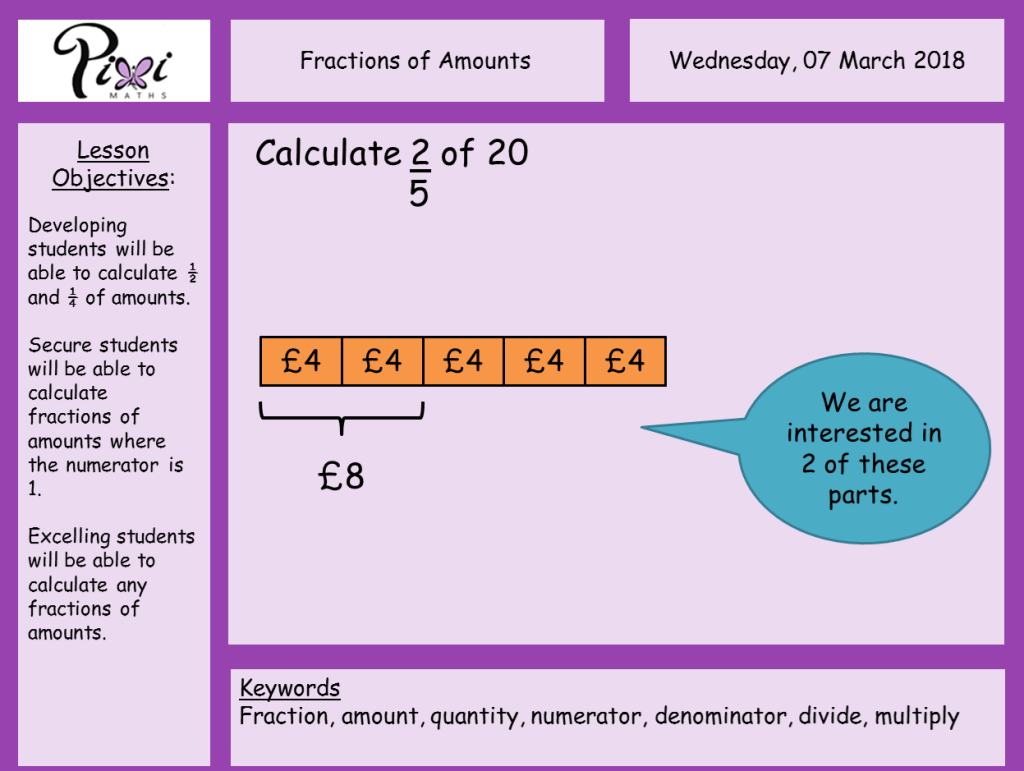
This resource lets students of all abilities develop their knowledge of fractions by working with amounts.
It shows them how to use the bar method to work out sums such as ‘What is two-fifths of £20?’ and ‘What is five-ninths of £108?’.
Find more fractions resources from Piximaths here.
And download the PowerPoint for this resource here and the worksheet here.
Fractions worksheets
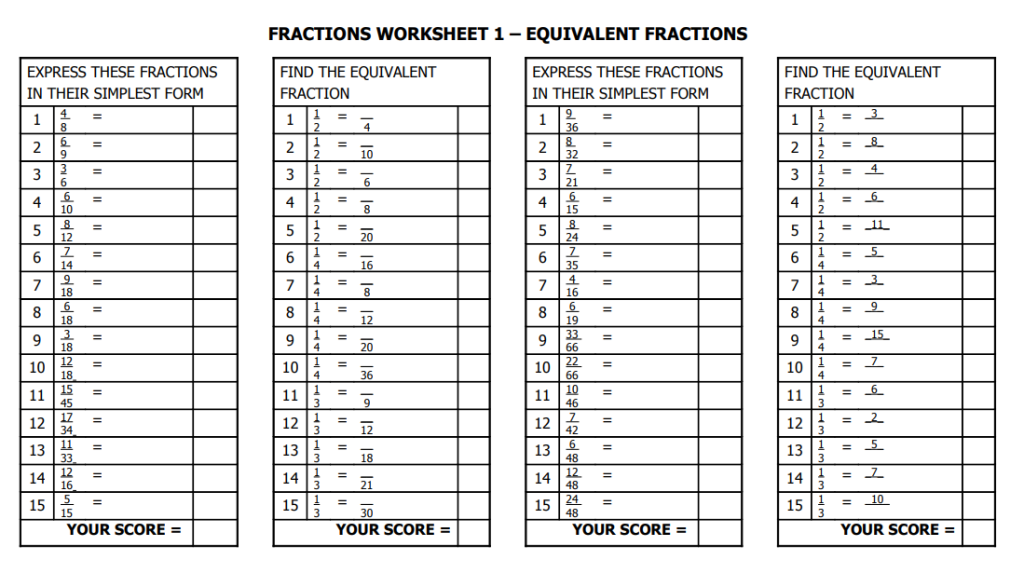
Want some fractions worksheets? There are four here for you, and they’re all free. That was easy wasn’t it?
There are two on equivalent fractions (click here and here) and two on ‘fiddly fractions’ (here and here).
Or you can just find them all at ks3maths.co.uk here.
Fraction puzzles
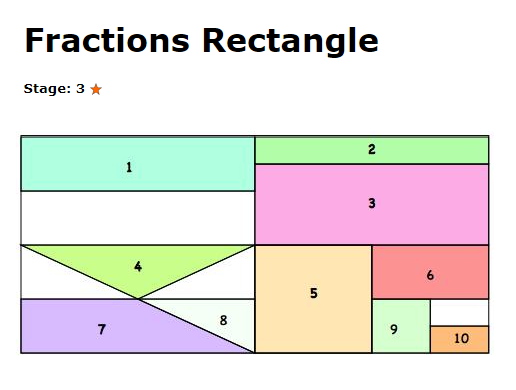
Now it’s time to let your students loose on some fun challenges and activities. Here are some of our favourite NRICH ones:
Check out NRICH’s collection of fraction activities here.
Fractions addition and subtraction trick
Here’s a handy video to help you teach adding and subtracting fractions, and for students to refer back to should they need to.
You’ll find this on the tecmath YouTube channel.
Cheese and onion pies
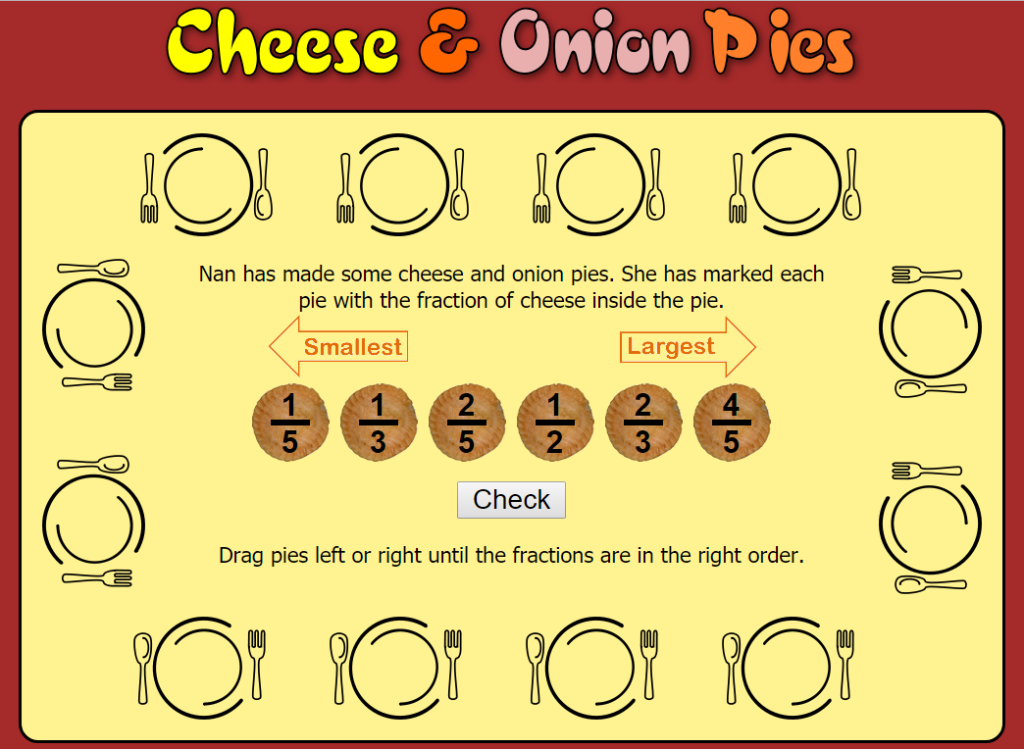
This fun little activity involves rearranging Grandma’s cheese and onion pies depending on which have the most cheese inside.
Fraction dissect

Here’s another fun little interactive activity from transum.org. For each fraction you’re given a rectangular (4×3) grid where you click on two green dots to draw a line between them.
The line must dissect the rectangle to produce the fraction indicated below the rectangle.
Holiday bargains

This simple worksheet for applying fractions in money problems helps students put what they’ve learnt to practical use. They’re given a series of offers and have to work out which are the best deals and how much they save on each one.






